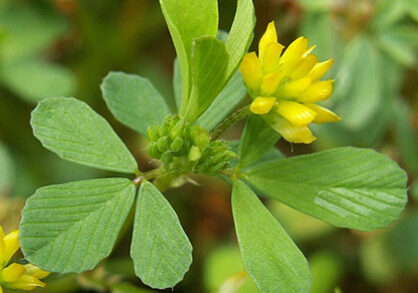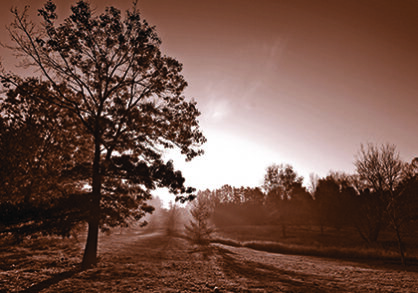Today, many of us will be expressing love by giving cards, flowers, and—most popular according to consumer sales—chocolates.
Have you thought about when and why chocolate became part of Valentine’s Day traditions?
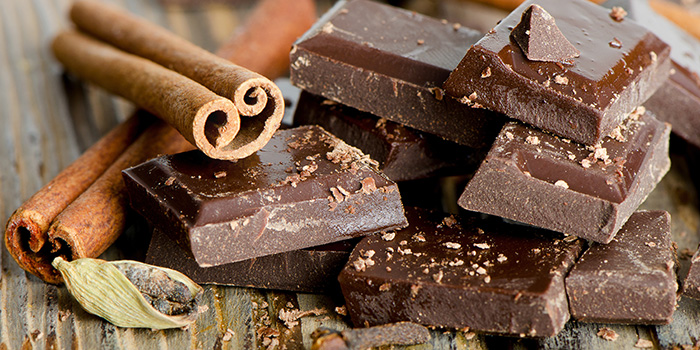
The Origins of Chocolate
Chocolate has been associated with romance and luxury for centuries. Around 1500 BCE, the Olmecs of southern Mexico were the first known cultural group to consume chocolate. The seed of the cacao tree was made into chocolate by fermenting, roasting, and grinding them into a paste used to make a cold, unsweetened beverage often flavored with vanilla or chili pepper. As early as 1200 BCE, drinking the chocolate beverage was part of the ritual to seal marriages, one of the few food crops included in a marriage ceremony.
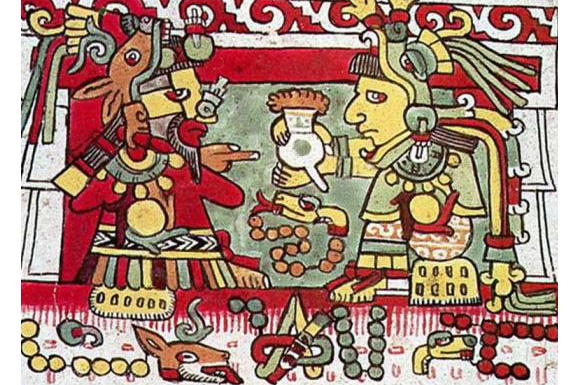
Food of the Gods
In many parts of historic Mesoamerica (southern Mexico and central America), offerings of cacao pods, beans, and chocolate drinks were included in rituals to communicate with and appease ancient gods. Chocolate was part of rituals encouraging favorable weather and bountiful crops, as well as ceremonies centered around fertility, birth, marriage, and death.
By 900 BCE, an extensive network of trade routes developed across Mesoamerica, which fostered the rise of a wealthy and influential merchant class. Large amounts of cacao beans were purchased by affluent elites and rulers. Cacao beans were also used as currency to pay for other items.
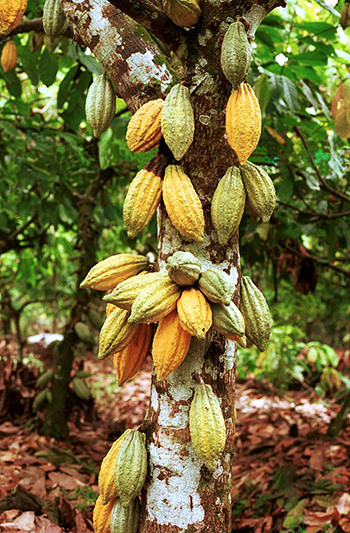
Chocolate Travels to Spain
It wasn’t until the 1500’s that chocolate was first brought to Europe. It is thought that Spanish explorer Hernán Cortéz brought cacao beans from Mexico to Spain in 1528. Other research points to chocolate’s first arrival to Spain in 1544 by Dominican Friars. The year 1585 marked the first recorded large-scale shipment of cacao beans from Mexico to Spain. Initially, chocolate was made into a hot, water-based drink that was sweetened with sugar and spices, such as cinnamon, anise, nutmeg, and cloves.
European Innovations
While the harvesting and preparation of cacao beans has remained relatively unchanged throughout history, inventions in Europe beginning in the 1800s transformed how chocolate was processed and eaten.
1828: In the Netherlands, cocoa power was first treated with alkaline salts, producing a milder flavor, darker color, and the ability to dissolve easier in liquids.
1847: In England, the first modern chocolate bar was created by mixing extra cocoa butter back into the Dutch cocoa powder and sugar.
1875: In Switzerland, a conche machine was invented to process chocolate into a smooth consistency.
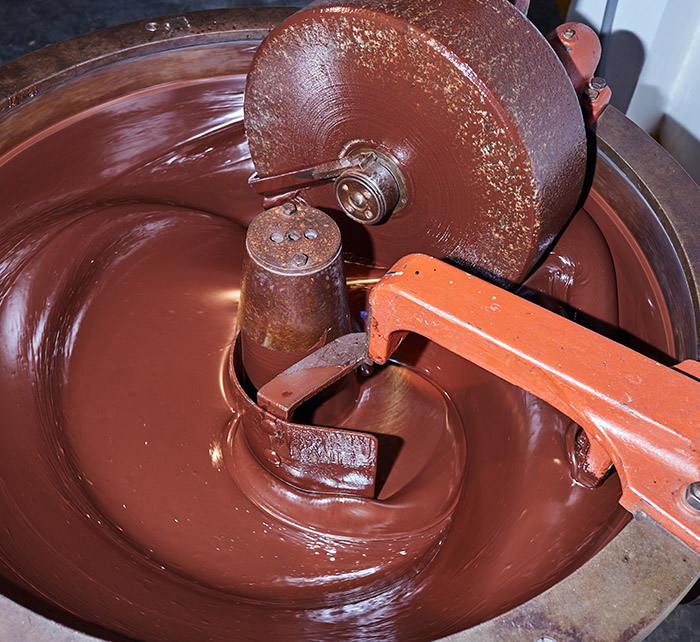
1861: Beginning of a New Valentine’s Day Tradition
In England, Richard Cadbury, son of Cadbury founder John Cadbury, was the first to package and sell chocolates in heart-shaped boxes on Valentine’s Day in 1861. The boxes were ornately decorated with Cupids, hearts, and roses. Chocolate companies in the United States including Hershey and Russell Stover began using heart-shaped boxes for Valentine’s Day in the 1900s.
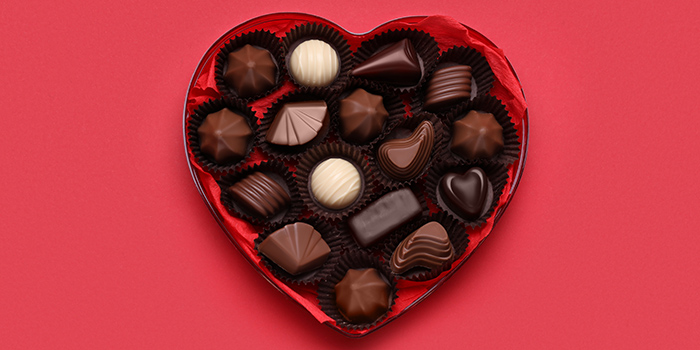
Today, chocolate gifts continue as an expression of love and appreciation on Valentine’s Day—Americans spend more than $1 billion on chocolate candy in the month of February, including more than 36 million heart-shaped boxes of chocolates.
More Cultural Connections
Which plant is the real shamrock?
The shamrock has been a familiar symbol of Irish culture for hundreds of years, but do you know which plant is the real shamrock?
Lucky peas for the new year
Eating Hoppin’ John is one of countless traditions across cultures worldwide to bring good luck in the New Year.
A Touch of Plant Magic
Stories of three plants associated with the origins and traditions of Halloween
